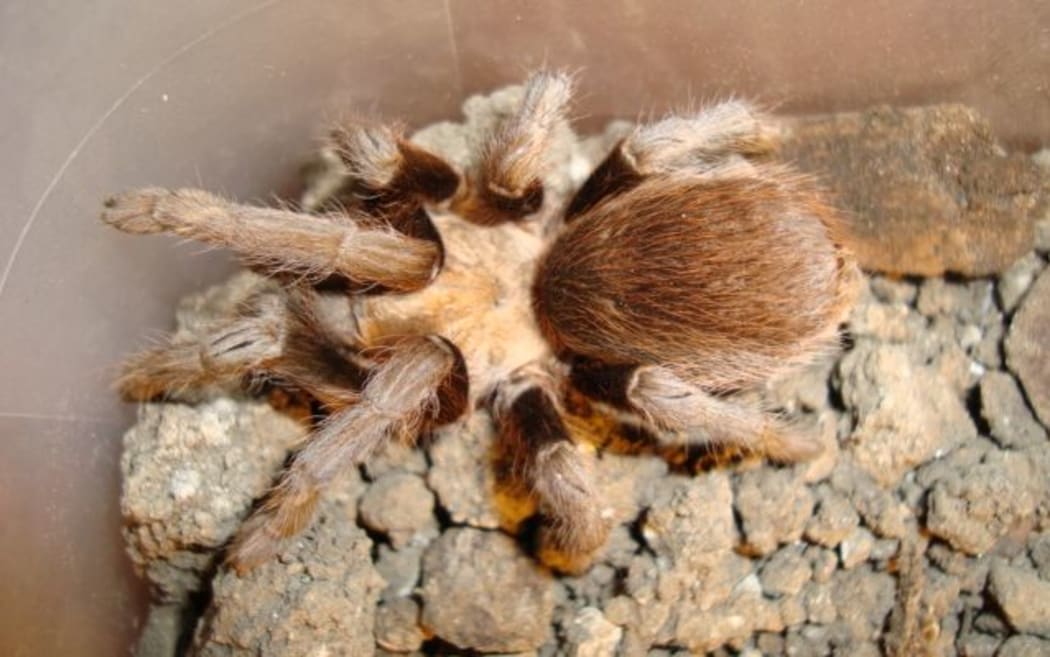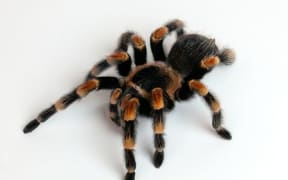It sounds like the stuff of nightmares - the warmer it gets the quicker tarantulas move.

The research looked at the impact of temperature on the Texas brown tarantula. Photo: Mothore / Wikimedia Commons
The small upside is that while they scuttle faster they also become more uncoordinated. Or is that also a frightening downside?
Three US-based researchers have just published their findings in the Journal of Experimental Biology into the impact temperature had on the Texas brown tarantula.
The spider's legs are not controlled by muscles but a kind of hydraulic fluid called haemolymph. It works like the fluid used to propel a robot's limbs, the researchers said.
In what sounds like a nightmare of a job, they painted white dots on the spiders' fore and hind-legs before filming them racing down a runway.
Frances Su, one of the researchers, wryly told the journal it became difficult "when the spiders didn't run in the right direction".
They tested them at temperatures of 15, 24, 31 and 40 degrees Celsius.
At the highest temperature the top speed was a startling 2.5 times faster than at the lowest. While at the top speed (53cm s−1) they did become less co-ordinated, struggling to open their third and fifth joints at the same instant - which was typical at the lower temperatures.
Anna Ahn, another of the researchers, said it might explain why tarantulas where she lived preferred the cooler temperatures at dusk.


